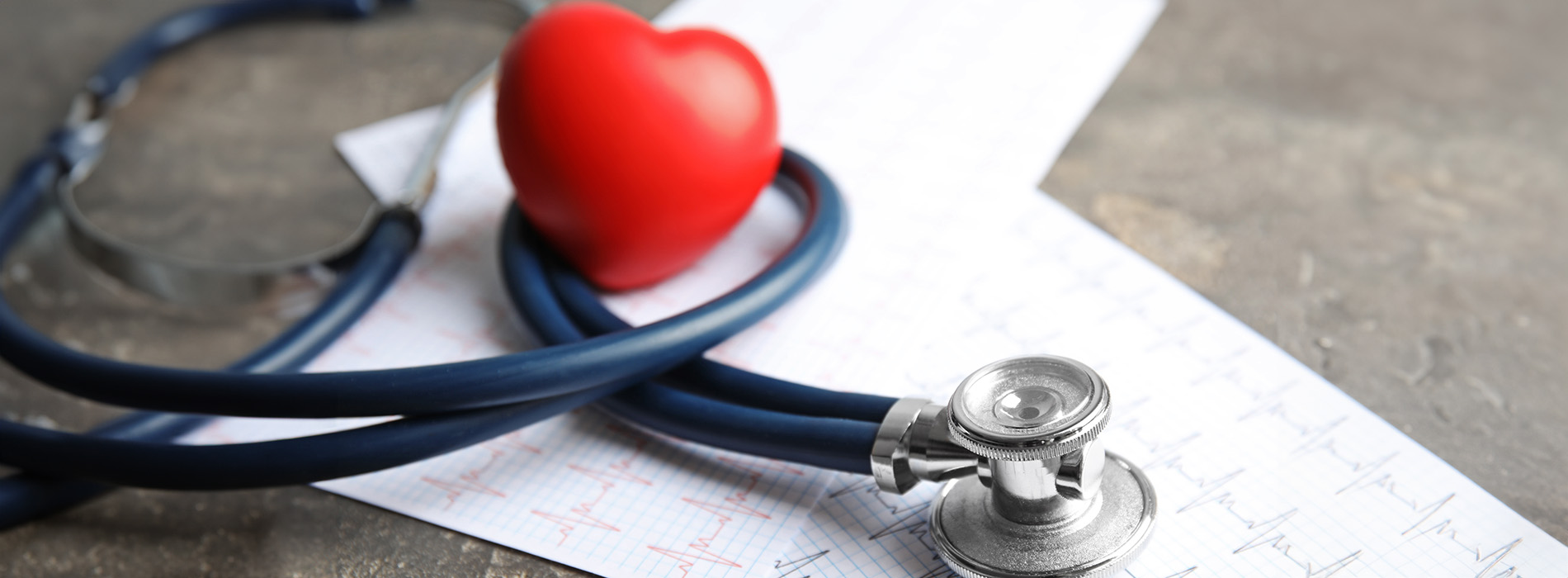Existing Patients
(212) 679-4488
New Patients
(212) 401-2665

An estimated 6.2 million adults in the United States have heart failure and need help managing the condition for the rest of their lives. Symptoms of congestive heart failure (CFH) can include shortness of breath (dyspnea) or swelling in the legs (edema). At Heartwise Cardiology, David Harnick, MD, and Raymonda Rastegar, MD, offer comprehensive care for heart failure to people in and around the Murray Hill neighborhood of Manhattan in New York City. CFH has many causes, and not all conditions that lead to heart failure can be reversed. However, treatments can improve the signs and symptoms of heart failure and help you live longer with a higher quality of life. Call or book an appointment online for a consultation.
Heart failure, also known as congestive heart failure, is a chronic condition that develops when your heart muscle can’t efficiently pump blood out to the rest of your body. This can lead to a buildup of fluids around your heart and in your lungs.
Causes of heart failure can include underlying medical conditions that weaken or damage your heart. Among them are:
While the condition can be life-threatening in some cases, a heart failure diagnosis doesn’t mean your heart will suddenly stop working. With early intervention, you can learn to manage your symptoms and lower your risk for long-term complications.
You should schedule a diagnostic evaluation at Heartwise Cardiology if you have symptoms of heart failure, including:
If you have sudden chest pain, severe weakness, or a rapid heartbeat, call 911 or go to the emergency room. These symptoms can be the result of severe heart failure, a heart attack, or serious lung conditions.
The Heartwise Cardiology providers can confirm that your symptoms relate to heart failure with bloodwork, chest X-rays, an electrocardiogram (EKG), and other diagnostic testing. They also assess how advanced your condition is, so they can customize a plan to treat it.
Because heart failure is a lifelong condition, you need to manage it for the rest of your life. The Heartwise Cardiology providers customize a treatment plan to meet your specific needs depending on the severity of your condition.
Treatment for heart failure may include medications to remove excess fluids from your body, lower your blood pressure, or regulate your heartbeat. In some cases, you may receive medications through an intravenous (IV) line.
You may also benefit from diet modifications and lifestyle changes to achieve a healthy body weight and prevent additional complications.
If conservative therapies aren’t enough to manage your heart failure, you may need surgery. Heartwise Cardiology offers several types of surgery to address heart failure damage or conditions that contribute to heart failure. These surgeries include:
The surgeons can discuss your options for surgery during a consultation. They provide comprehensive care before and after surgery to lower your risk for complications.
To schedule a diagnostic evaluation for heart failure symptoms, call Heartwise Cardiology today or book an appointment online.
